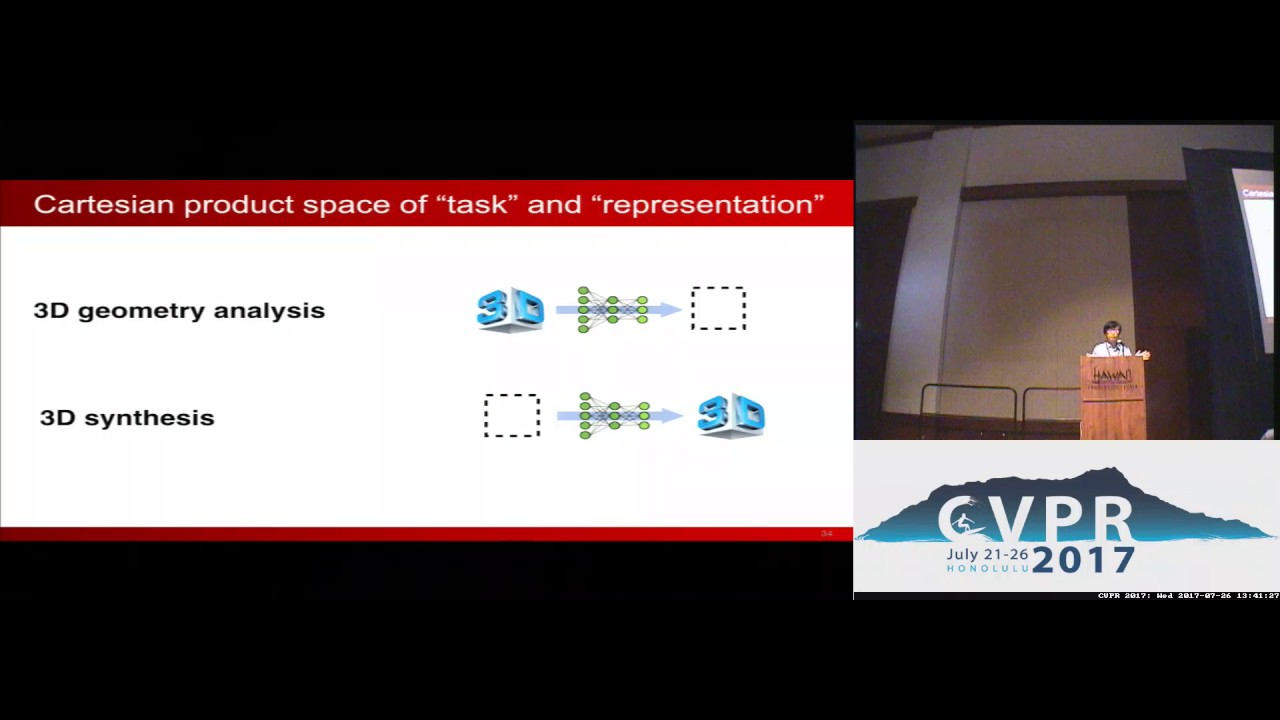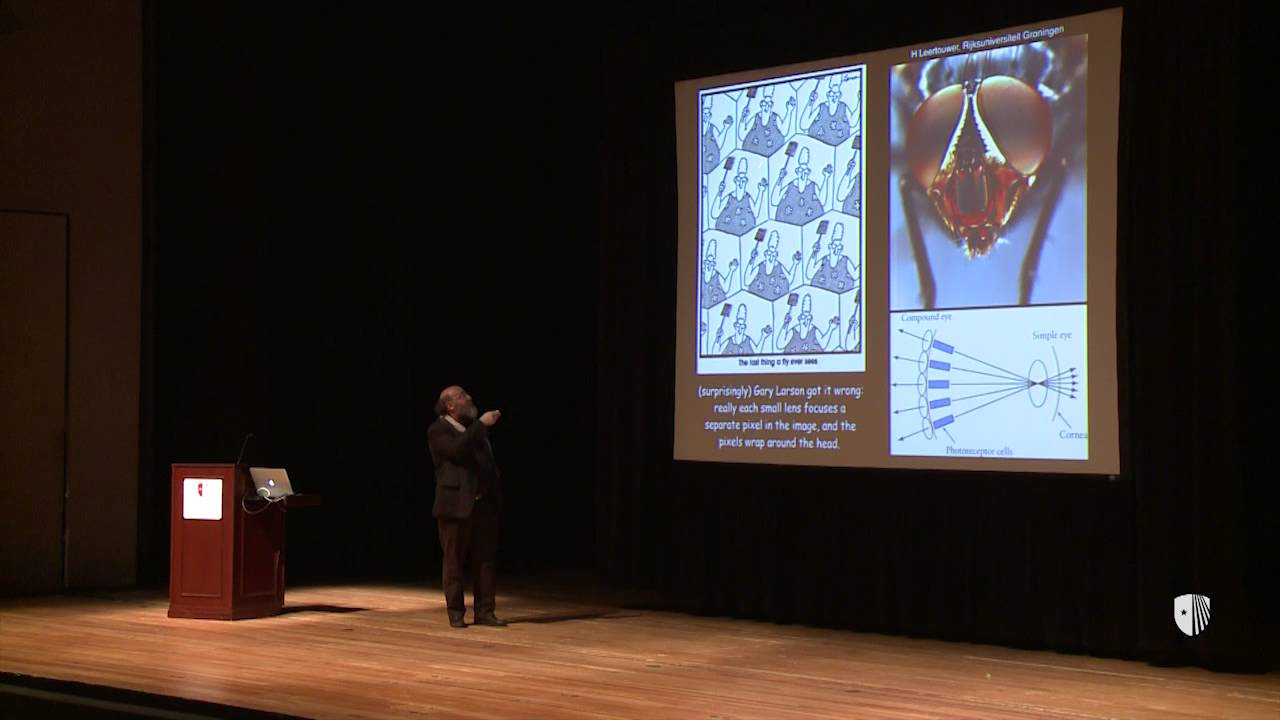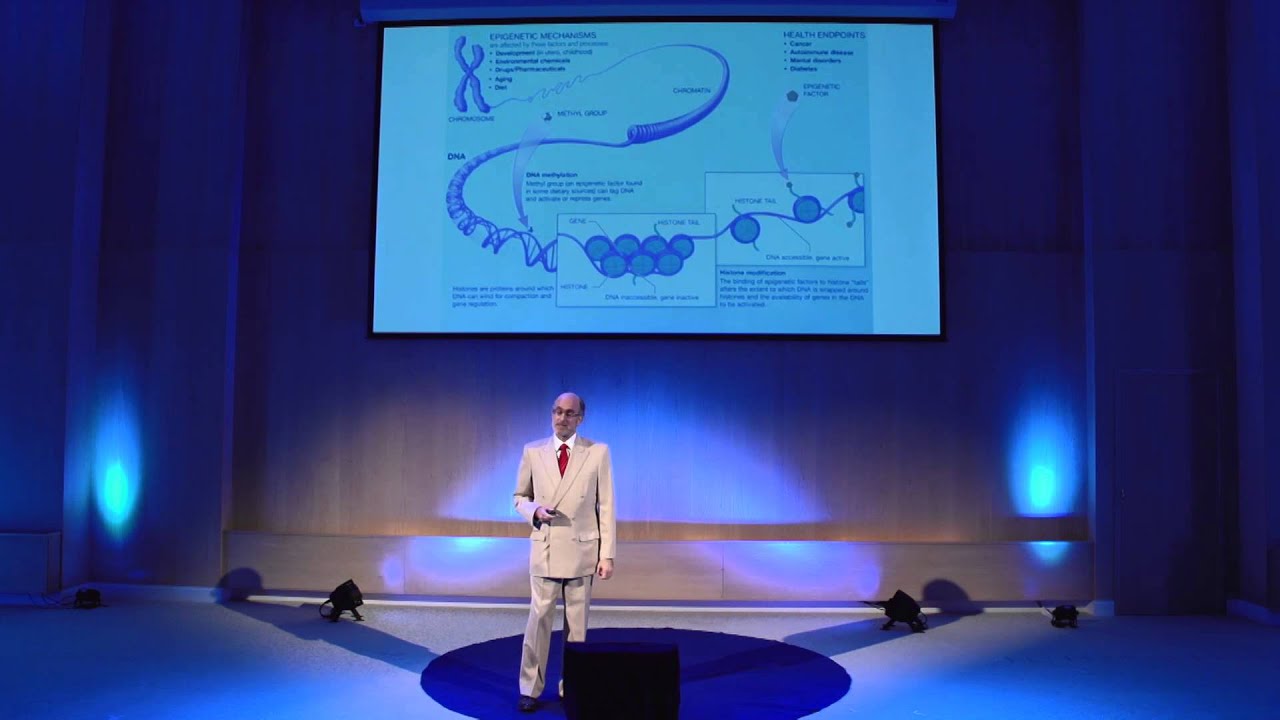ComputerVisionFoundation Videos
Leonidas Guibas; Michael Bronstein; Evangelos Kalogerakis; Qixing Huang; Jimei Yang;Hao Su;Charles Qi
Understanding 3D data has been attracting
increasing attention recently due to its importance for
many vision systems, such as self-driving cars,
autonomous robots, augmented reality and medical
image processing. This tutorial covers deep learning
algorithms for 3D geometric data. Different from 2D
images that have a dominant representation as arrays,
3D geometric data have multiple popular representations,
ranging from point cloud, meshes, volumetric field to
multi-view images, each fitting their own application
scenarios. Each type of data format has its own
properties that pose challenges to deep architecture
design while also provides the opportunity for novel and
efficient solutions. In this course, we will introduce the
major advance of deep learning for each of the 3D
representation types. We systematically introduce topics
such as the characteristics of each representation type,
how to encode them as neural network input and output,
and what are the keys in the design of corresponding
network structures. Through the course, the audience will
learn the big picture of cutting-edge techniques as well
as open problems in the field. For schedule and course
material, please check http://3ddl.stanford.edu.
Source
Tutorial : 3D Deep Learning




1:25 RIP earphones users
Awesome lecture! Thank you so much for publishing this lecture. I wish I could listen the second speaker clearly.